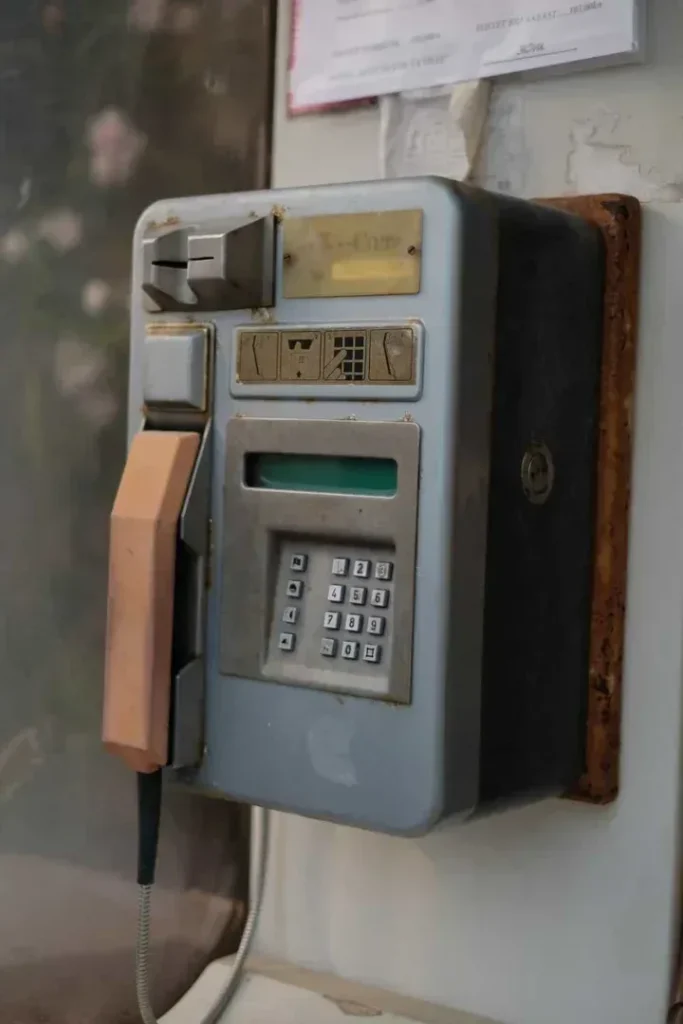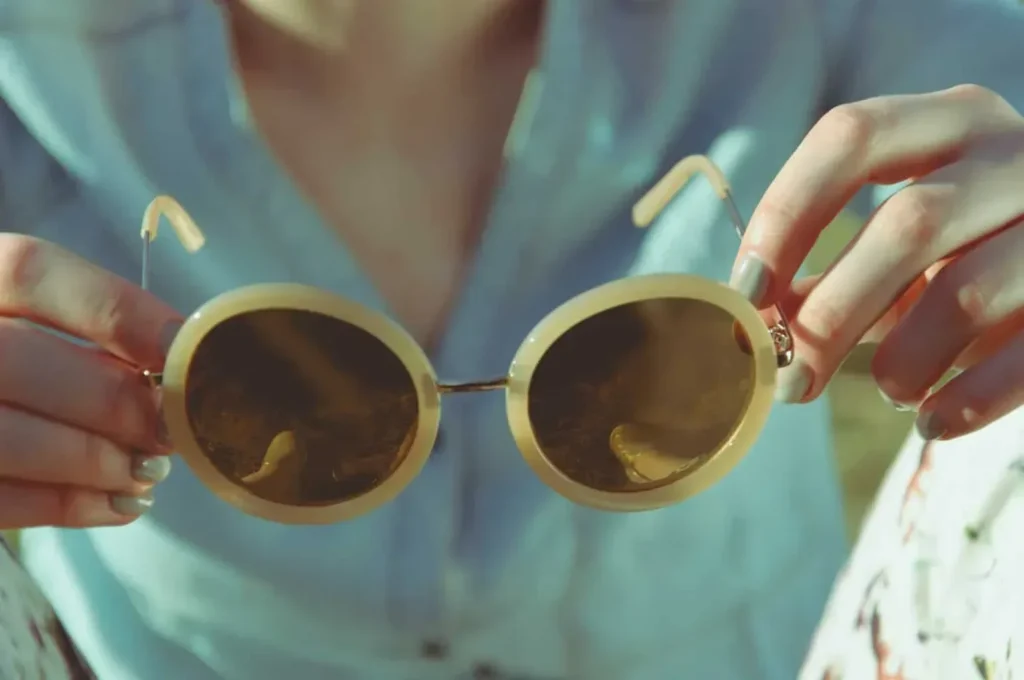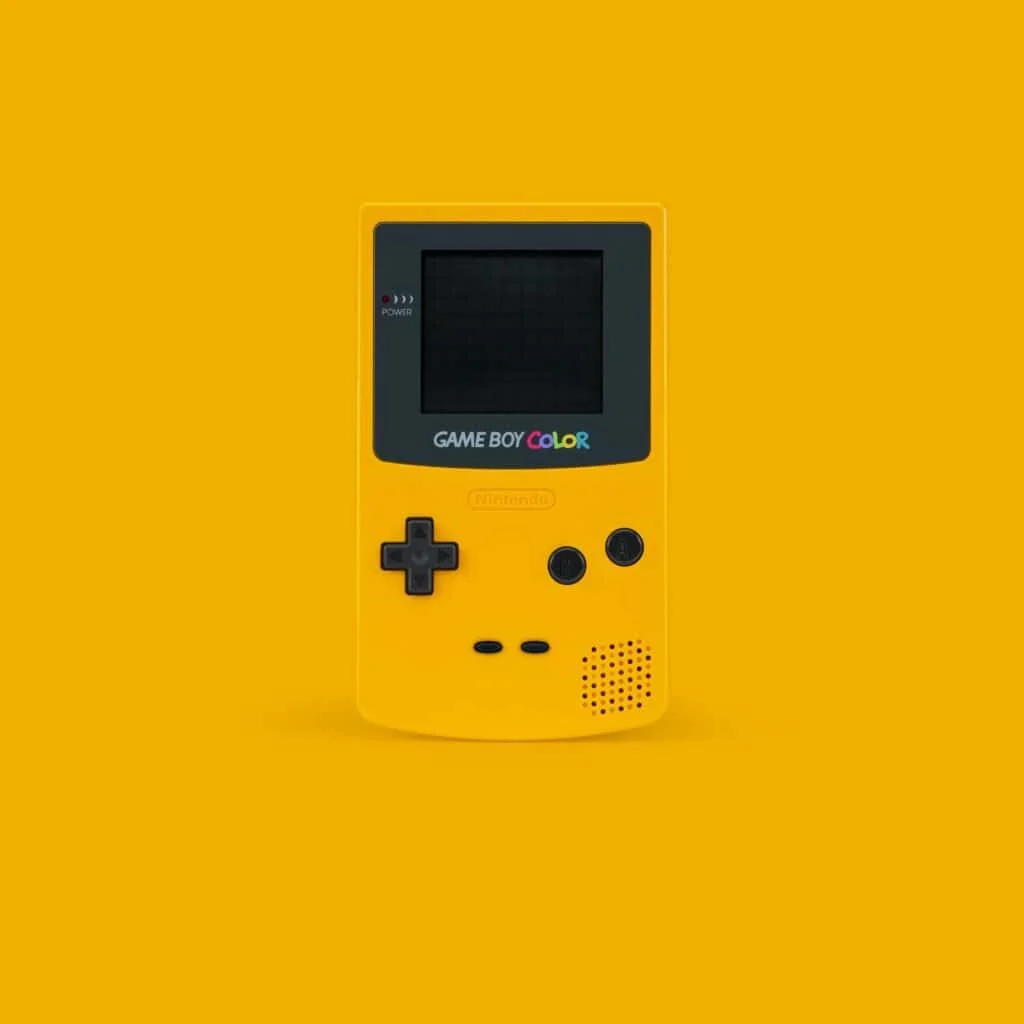So you’ve been hearing the word “retro” thrown around a lot lately, but you’re not quite sure what it means. Is it just another way of saying something is old? And if it’s old, can it really be cool? In this article, we’ll explore the intriguing concept of retro and unravel its true meaning. Buckle up, because you’re about to discover a whole new world of style and nostalgia!

This image is property of images.unsplash.com.
Understanding Retro
Definitions and Interpretations of Retro
When you think of retro, what comes to mind? Is it old but cool? Is it a blast from the past? Retro is a term that is often associated with vintage styles and nostalgia, but its meaning goes beyond simply being old but cool. Retro can be defined as a style or trend that imitates or pays homage to something from the past. It is a way of looking back and reviving elements of previous eras in a fresh and modern way. Retro can be seen in fashion and accessories, furniture and interior design, music, automobiles, video games, and even technology. It is a multi-faceted concept that holds a special place in our hearts and continues to influence various aspects of our lives.
Historical Connotations of Retro
To understand retro, it is important to delve into its historical connotations. The term “retro” itself is derived from the Latin word “retro” which means “backward” or “behind.” It gained prominence in the 1970s when there was a surge of interest in past styles and a desire to revive the aesthetics of previous decades. Back then, retro was associated with the 50s and 60s, but over time, it has expanded to include various periods of history. Retro represents a blend of nostalgia, admiration for the past, and an appreciation for the unique qualities of different time periods. It allows us to capture the essence of bygone eras and incorporate them into our modern lives.
Retro in Fashion and Accessories
Trends that Influenced Retro Fashion
Fashion is one of the realms where retro finds ample expression. Over the years, we have witnessed the resurgence of fashion trends that were once popular in the past. From flared jeans and bell-bottoms of the 70s to the bold prints and neon colors of the 80s, retro fashion has continuously made a comeback. Designers draw inspiration from different eras, infusing classic elements into contemporary styles. The influence of retro can be seen on the runways and in street fashion, creating a sense of nostalgia and individuality.
Significance of Retro Accessories in Today’s Fashion
Alongside retro fashion, accessories play a crucial role in embracing the retro aesthetic. They serve as the finishing touches that complete an outfit and lend a unique charm. Retro accessories can range from cat-eye sunglasses and floppy hats to vintage-inspired handbags and chunky jewelry. These elements not only add a touch of nostalgia but also allow individuals to express their personal style. In an era where individuality is celebrated, incorporating retro accessories into modern fashion is a way to stand out from the crowd and make a statement.
Retro in Furniture and Interior Design
Mid-Century Modern Influence
Retro has also left a significant impact on the world of furniture and interior design. One of the major trends in this domain is the resurgence of mid-century modern design. Characterized by clean lines, organic shapes, and minimal ornamentation, mid-century modern furniture is a blend of functionality and aesthetics. The designs from the 50s and 60s continue to be highly sought after, appreciated for their timeless appeal and ability to seamlessly blend with modern interiors. Retro furniture pieces, such as Eames chairs and teak sideboards, add a touch of nostalgia and sophistication to any living space.
Popularity of Retro Furniture in Modern Times
In recent years, there has been a surge in the popularity of retro furniture. With the desire for unique and distinctive interiors, many individuals are turning to retro pieces to infuse their homes with character and personality. Retro furniture not only tells a story but also brings a sense of comfort and warmth. Vintage-inspired lamps, retro wallpaper, and mid-century modern sofas have become staple choices for those seeking to create a nostalgic and stylish living environment. By combining elements from different eras, homeowners achieve a timeless and eclectic look that harmonizes with their modern lifestyles.
Retro in Music and its Influence
Revival of Vinyl and Record Players
Music and retro go hand in hand, and one of the key elements that shaped the retro music scene was the resurgence of vinyl records and record players. In an era dominated by digital streaming, the revival of vinyl represents a longing for the tangible and a return to authentic sound quality. Vinyl records provide a distinct warmth and depth that cannot be replicated by digital formats. Alongside the comeback of vinyl, record players are also making a statement in both retro and modern homes. The turntable itself has become an iconic piece of décor, symbolizing a love for music and a connection to the past.
Retro Music Genres That are Still Popular
While retro music encompasses a wide range of genres, several have stood the test of time and continue to be popular today. From rock and roll of the 50s to the disco beats of the 70s, these genres hold a special place in our hearts and evoke feelings of nostalgia. Retro music has a unique ability to transport us to a different era, allowing us to experience the emotions and energy of past generations. It is no wonder that artists continue to draw inspiration from retro sounds, blending them with modern production techniques to create a fusion of the old and the new.

This image is property of images.unsplash.com.
Retro in Automobiles and Their Attraction
Classic Cars and their Impact
Classic cars are often seen as the epitome of retro. They represent a bygone era when automobiles were built with style, craftsmanship, and attention to detail. Classic cars evoke a sense of glamour and sophistication, reminding us of a time when driving was an experience in itself. These vintage vehicles hold a special attraction for enthusiasts and collectors, who appreciate their unique design and historical significance. Classic car shows and rallies allow us to experience the allure of retro automobiles firsthand, showcasing the beauty and elegance of these iconic creations.
The Market for Retro Fashioned Cars
In recent years, there has been a surge in the popularity of retro fashioned cars, also known as “retro-mod” cars. These vehicles combine the classic aesthetic of vintage cars with modern engineering and technology. With updated engines, improved safety features, and enhanced performance, retro fashioned cars offer the best of both worlds – the timeless charm of retro design and the reliability of contemporary vehicles. Car manufacturers have recognized the demand for retro aesthetic and have started producing models that capture the essence of classic cars, catering to those who desire a nostalgic driving experience.
Retro In Video Games and Technology
Nostalgic Appeal in Today’s Digital Age
Retro is not limited to physical objects but also extends to the digital world. In today’s fast-paced and ever-evolving technological landscape, there is a nostalgic appeal to retro video games and technology. Many of us grew up playing iconic games on outdated consoles, experiencing the simple yet addictive gameplay that defined the early days of gaming. The resurgence of retro video games and retro-inspired consoles, such as the Nintendo Classic Mini, taps into our desire to relive those cherished memories and reconnect with the games that shaped our childhoods. Retro technology, with its chunky buttons and colorful designs, also holds a certain charm in a world dominated by sleek and minimalistic gadgets.
Iconic Retro Video Games
From Pac-Man and Super Mario Bros to Sonic the Hedgehog and Tetris, retro video games have left an indelible mark on popular culture. These games not only defined an era but also laid the foundation for the multi-billion-dollar gaming industry we know today. Despite the advancements in graphics and gameplay, the nostalgic appeal of retro video games continues to captivate both new and seasoned gamers. The simplicity and purity of retro games offer a refreshing break from the complexity and realism of modern titles. Whether played on original consoles or through digital re-releases, these iconic games remind us of simpler times and the joy of immersive storytelling.

This image is property of images.unsplash.com.
Psychological Appeal of Retro
Nostalgia and Sentimentality
One of the core reasons behind the enduring appeal of retro is the powerful emotion it evokes: nostalgia. Nostalgia is a bittersweet longing for the past, a yearning to revisit happier times. Retro items serve as triggers for nostalgia, transporting us back to moments and memories that hold sentimental value. Whether it’s a childhood toy, a favorite song, or a piece of vintage clothing, these nostalgic artifacts connect us to our personal histories and evoke a sense of comfort and familiarity. In a rapidly changing world, retro allows us to anchor ourselves to the past and find solace in the memories and experiences that have shaped us.
Perceived Quality and Value of Retro Items
Retro items are often associated with superior quality and value. In an era of mass production and disposable consumerism, the craftsmanship and durability of retro goods stand out. The vintage furniture, clothing, and technology that have stood the test of time are seen as symbols of enduring quality and timeless design. The demand for retro items also stems from their unique nature and limited availability. Owning a vintage piece gives a sense of exclusivity and individuality, as it is unlikely to be replicated or mass-produced. Time and again, retro items have proven to be worthy investments, both in terms of their longevity and their ability to retain or increase in value over time.
Impact of Retro on Environment
Sustainability and Eco-Friendly Aspects
Retro has a positive impact on the environment due to its emphasis on sustainability and eco-friendliness. By embracing retro fashion, furniture, and technology, we reduce the need for new production and contribute to a circular economy. Retro items are often sourced from thrift stores, vintage markets, or passed down through generations, minimizing waste and decreasing the strain on natural resources. Choosing retro over new not only helps conserve materials but also reduces carbon emissions associated with manufacturing and transportation. Embracing retro is a step toward a more sustainable future, where we value the past and make conscious choices to protect the planet.
Reduction in Consumption Through Vintage Shopping
Vintage shopping is a key component of the retro movement and offers a solution to the problem of overconsumption. Instead of buying brand new items, vintage shopping encourages us to give pre-loved items a second chance. By shopping at thrift stores, flea markets, and online vintage boutiques, we extend the lifespan of clothing, furniture, and technology, diverting them from the landfill. Vintage shopping not only allows us to find unique and one-of-a-kind pieces but also reduces our contribution to the fast fashion and disposable culture. It is a way to express our personal style while minimizing our impact on the environment.
Retro and Modern Fusion
Adaptation in Modern Times
While retro celebrates the past, it also adapts to the present. Retro and modern fusion is a way to blend the best of both worlds, creating a harmonious balance between nostalgia and innovation. In fashion, modern designers incorporate retro elements into their collections, combining vintage silhouettes with contemporary fabrics and techniques. In interior design, retro-inspired pieces are seamlessly integrated into modern spaces, adding a touch of character and charm. This fusion allows us to appreciate the unique qualities of different eras while embracing the conveniences and advancements of the present.
Fusion of Modern and Retro Designs
The fusion of modern and retro designs can be seen in various industries. In technology, for example, we have modern smartphones with retro-inspired designs, featuring nostalgic color palettes and vintage-inspired wallpapers. Car manufacturers also find ways to incorporate retro design cues into modern vehicles, paying tribute to iconic models while meeting contemporary standards. This fusion not only enhances the aesthetic appeal but also creates a sense of connection between the past and the present. By combining the best elements of both worlds, designers cater to our desire for nostalgia while satisfying our need for innovation.
Final Thoughts and Future of Retro
Retro as a Continuing Trend
Retro is not just a passing fad but a continuing trend that has become deeply ingrained in our culture. Its enduring popularity lies in its ability to evoke emotions, create a sense of individuality, and bridge the gap between the past and the present. There will always be a longing for the aesthetics, styles, and experiences of bygone eras, driving the retro movement forward.
Possibilities and Predictions for the Future of Retro
As we look to the future, we can expect retro to continue to evolve and adapt to new trends and technologies. We may witness the emergence of new subcategories within retro, as different eras gain prominence and new generations embrace their own versions of nostalgia. We can also anticipate advancements in retro-inspired technology, with innovative adaptations of vintage designs. Regardless of how retro evolves, one thing is certain – its enduring appeal will continue to shape our lives and influence the way we appreciate the past in the future.

